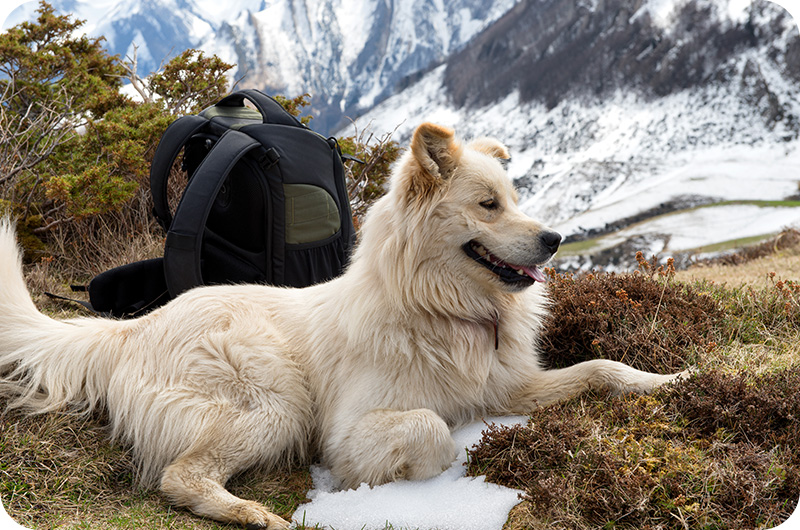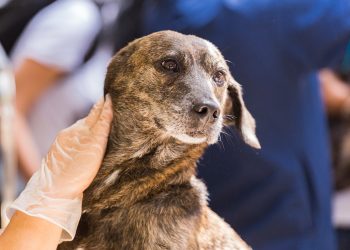Maremma dogs and Great Pyrenees are both renowned sheepdog breeds, gaining popularity in the United States due to their protective nature and temperament. While they may appear similar at first glance, it’s crucial to distinguish between these purebred dogs to make an informed choice when adopting a new furry friend.
Maremma Dogs vs. Great Pyrenees: Not the Same Breed
It’s important to clarify that Maremma and Great Pyrenees are distinct breeds, each recognized by organizations like the American Kennel Club. Despite their physical resemblances, they have unique characteristics and histories.
Similarities:
Both breeds belong to the group of guardian dogs, originally bred to protect livestock and guard properties.
They can make good family pets but require regular exercise due to their intelligent and active nature.
Maremma Dogs: Key Information
1.Pedigree:
Maremma Sheepdogs originate from the Abruzzo region in Italy, with separate bloodlines resulting in the US Maremma Sheepdog.
2.Appearance:
Maremma Sheepdogs typically have pure white fur, sometimes with slight yellowish tints.
Adult Maremma Sheepdogs weigh between 30 to 45 kilograms, making them moderately large.

3.Character:
These dogs are naturally loyal and form strong bonds with their owners.
They exhibit friendlier and more dignified temperaments compared to some other sheepdog breeds.
Maremma Sheepdogs are alert by nature, stemming from their guarding instincts against predators like bears and wolves.
4.Habits:
Due to their guarding nature, they can be aggressive in defending livestock against threats.
While they can be good around children when well-socialized, close supervision is essential, especially with small children.
Great Pyrenees: Key Information
1.Pedigree:
Great Pyrenees is one of the oldest known dog breeds, with a history dating back to 1800 BC.
This breed is known for its remarkable defensive and protective abilities.
2.Appearance:
Great Pyrenees have a dense, all-weather double coat and a muscular build.
They are large dogs, often reaching weights of up to 100 pounds.

3.Character:
Great Pyrenees are calm and gentle when no threats are present, making them suitable for experienced owners of active sheepdog breeds.
They were historically bred to tend to livestock independently in remote environments.
4.Habits:
While not nanny dogs, they can adapt to family life as devoted members, as long as there are no unsupervised or rowdy children.
Clarifying Terminology
It’s worth noting that there can be confusion with similar-sounding names. “Pyrenees” may refer to the Great Pyrenees but can also be used for the Pyrenean Mastiff, a purebred shepherd dog from Spain. These breeds share a protective nature and are wary of strangers.
While Maremma dogs and Great Pyrenees share some similarities, they are distinct breeds with unique characteristics and histories. Understanding the differences between these two breeds is essential when considering them as potential pets, ensuring you make the right choice for your lifestyle and preferences.

Next on your reading list:













